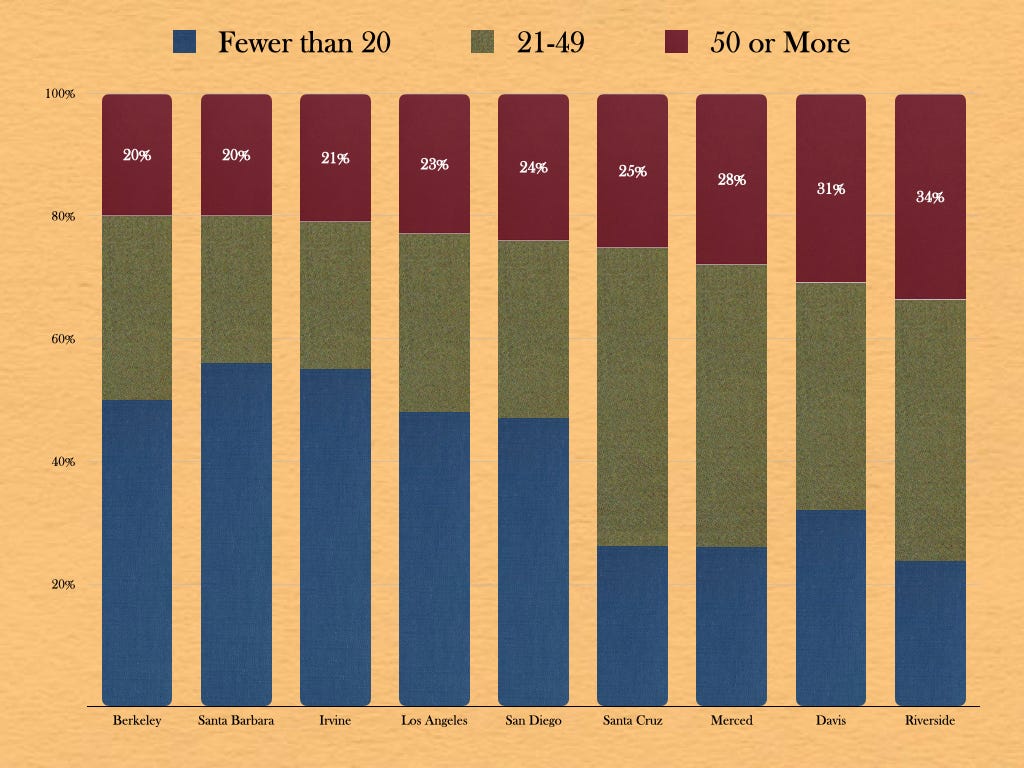In Nine Tips on Community College, Darrell Owens provides a useful guide to that part of the American system of post-secondary schooling that works best. As the piece does a good job of speaking for itself, I will make no attempt to provide a summary. Instead, I will add some thoughts that were either sparked, or revived, as I read it.
In the United States, the hierarchy of colleges has little to do with the quality of the faculty, but much to do with the talents of students. Thus, an instructor at your local community college may know as much about his field as his counterpart at Harvard. Indeed, if he is teaching in an academic field, the formal training of the community college teacher will bear a close resemblance to that of the university professor. However, while the latter is free to wax rhapsodic about the finer points of his discipline, the former quickly discovers the need to make his lessons accessible to people of a wide variety of abilities and backgrounds.
At the same time, an instructor at a community college stands a better chance of having done things other than follow curricula. This means that, all other things being equal, he is better able to deal with people from different walks of life, to connect the points he is making to day-to-day experience, and to help people achieve goals other than getting into graduate school.
Classes at community colleges tend to be smaller than their counterparts at four-year schools. In particular, classes that consist of lectures performed for audiences of several hundred people, which abound at many universities, are very hard to find at community colleges. Thus, rather than sitting at the feet of teaching assistants, few of whom know anything of life extra muros, students at community colleges are able to interact with older people who, in many cases, have done many interesting things. Moreover, while the graduate students who correct papers and preside over discussion groups will often feel threatened by clever undergraduates, the teachers at community colleges, being older and more secure, are much more likely to delight in the presence of the rare student who displays genuine interest in the life of the mind.
Source for graph: Class Size and Student-to-Faculty Ratio, a table posted on College Transitions.





